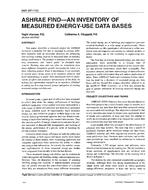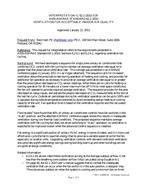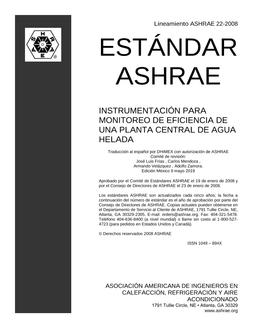Click here to purchase
A Phase Change Material (PCM) is a substance capable of storing or releasing energy as latent heat. The amount of latent heat that is absorbed or released when a material changes phase is much larger than the sensible heat, so the application of PCMs has significant potential to reduce energy consumption in buildings. In particular, it is important to use an appropriate PCM for the purpose because each PCM has its own phase change temperature, which is the point at which latent heat is absorbed or released. Therefore, this paper aims to suggest an optimal PCM application method by analyzing indoor thermal characteristics according to the various phase change temperatures. As a result, for the heating period, the annual load increased at every phase change temperature, the peak load decreased by -3.19% with heptadecane (phase change temperature 21°C), and the lowest indoor temperature increased by 0.86°C with heptadecane (phase change temperature 21°C). For the cooling period, the annual load decreased by 1.05% with dodecanol (phase change temperature 24°C), the peak load decreased by 1.30% with octadecane (phase change temperature 29°C), and the highest indoor temperature dropped by 0.50°C with octadecane (phase change temperature 29°C). For the cooling period combined with night ventilation, the annual load decreased by 9.28% with dodecanol (phase change temperature 24°C), the peak load decreased by 11.33% with octadecane (phase change temperature 29°C), and the highest indoor temperature dropped by 0.85°C with octadecane (phase change temperature 29°C).
Citation: Cold Climate Conf, 2012
Product Details
- Published:
- 2012
- Number of Pages:
- 8
- File Size:
- 1 file , 1.1 MB
- Product Code(s):
- D-CCC12-12


